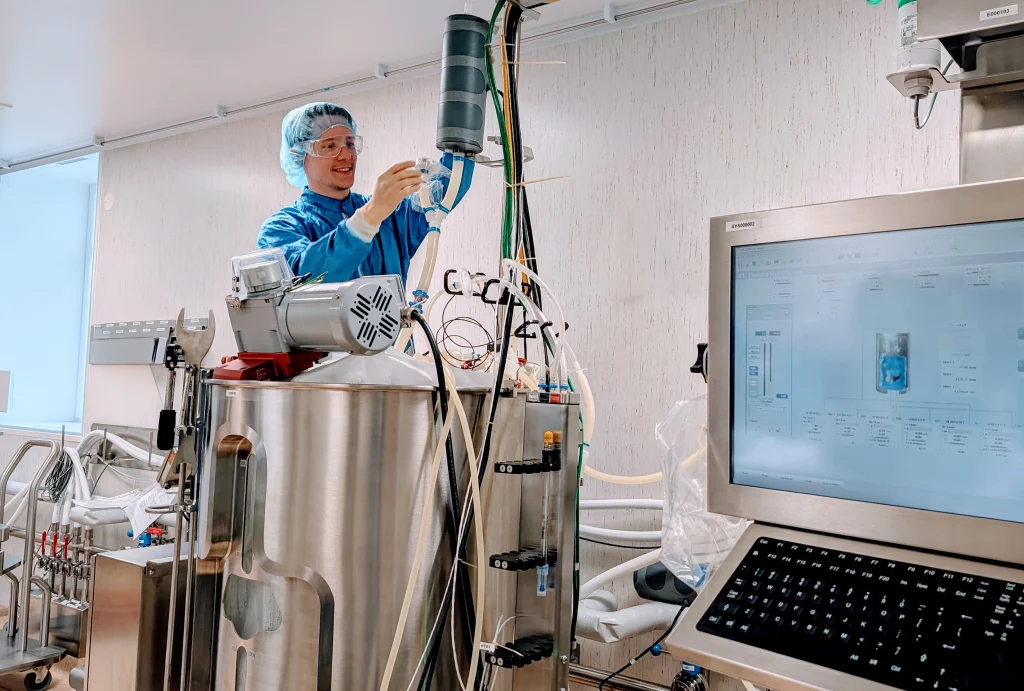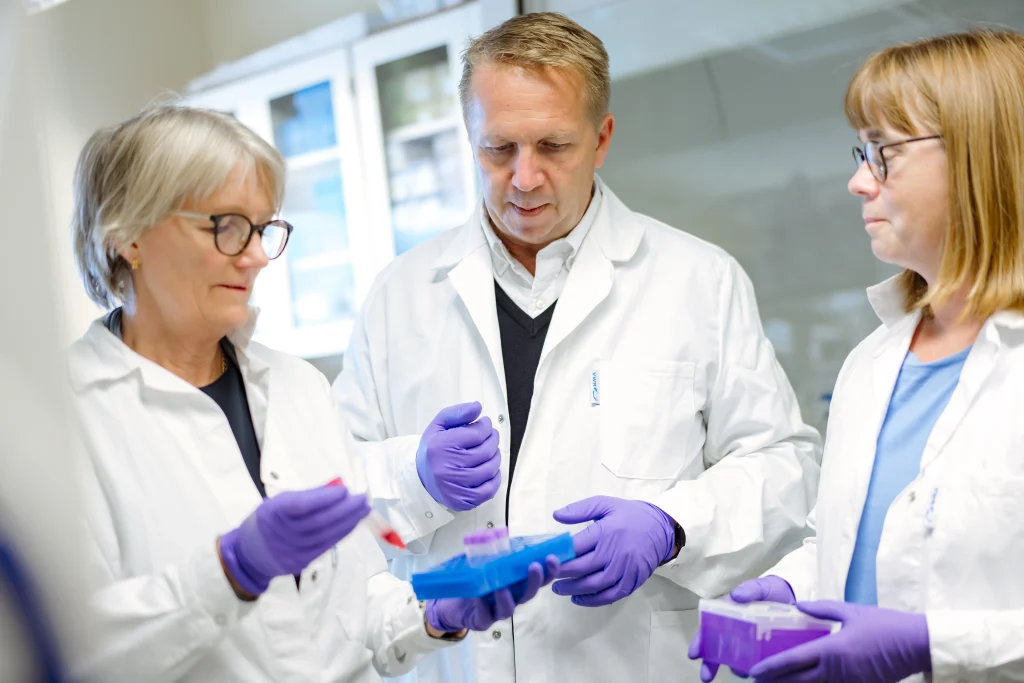Article
The complex journey of bringing a biologic to market – part 3
It is a critical shift for companies when transitioning from early development to clinical production, where you transfer from proving a concept in the lab to demonstrating that it can be reliably manufactured at scale. At this point, following preclinical work and often Phase I trials, the process should be technically defined, with early data confirming feasibility and product consistency. The focus now turns to refining that process within a manufacturing environment, ensuring it can consistently deliver high-quality drug substance under controlled conditions.
To achieve this, two key tools are essential: the qualification and/or validation of analytical methods and the execution of a non-GMP engineering batch. Together, they validate both the analytical framework and the manufacturing process on a technical scale, laying the groundwork for full-scale GMP production. Don’t underestimate the time needed, there are seldom such a thing as a “ready to go -analysis” or method. Robust analytical strategies ensure that product safety and efficacy can be accurately assessed, while the engineering batch offers a practical, hands-on test of the process in a real-world setting.
This phase demands close collaboration between sponsor and CDMO, aligning expectations, addressing potential risks, and preparing for the regulatory rigor of clinical manufacturing. It is also time-intensive, so plan accordingly and reserve calendar time in advance.
Aligning capabilities: The CDMO’s role
For CDMOs like NorthX Biologics, this phase is where collaboration deepens. It’s not just about executing a process, it’s about understanding it, challenging it, and ensuring it’s robust enough to move forward. Three focus areas anchor this phase:
1. Implementing and Qualifying Analytical Methods
During this phase, methods are transferred, verified, or developed according to a tailored transfer plan. Compendial methods are confirmed, existing validations are utilized where possible, and microbial safety testing ensures sterility. A master validation plan aligns workflows, while validated methods form the analytical foundation for drug substance release and future GMP manufacturing.
2. Running the Engineering Batch
A non-GMP engineering batch, typically at 250L scale, is executed under GMP-like conditions to simulate full production. This technical run tests the full upstream and downstream process, providing early insight into process performance and product quality. It helps to identify potential bottlenecks, refine operations, and generate data using the intended GMP analytical methods. The engineering batch serves as a critical learning step, demonstrating both process and analytics in a real-world manufacturing setting.
3. Documentation and Transparency
Clear and structured documentation is essential throughout this phase. From the initial study plan and raw material testing to batch execution and results, every step is recorded systematically. Validation and quality control data are compiled into comprehensive reports, with method validation outcomes formally documented. This ensures both internal alignment and preparedness for regulatory review. A CDMO’s success is intrinsically tied to the sponsor’s success, and this shared objective should foster transparency in all communication.
Lipum insights: Driving alignment and readiness
From Lipum’s perspective, this phase offers an opportunity to align current analytical expectations with earlier development work, building on insights from previous method validations. The engineering batch serves as a key checkpoint, providing valuable data on process performance and product quality that informs both ongoing analytical efforts and process refinement. Material generated from the batch supports continued validation activities and helps strengthen the overall control strategy. Particular focus is placed on understanding and mitigating risks associated with critical process parameters, using analytics to ensure consistency and reliability. Additionally, one remains mindful of any regulatory or stakeholder requirements that need to be addressed at this stage to support future clinical and commercial milestones.
Looking forward: Building for long-term success
The qualifications of analytical methods and execution of a non-GMP engineering batch aren’t just procedural milestones, they’re strategic enablers. Done right, they reduce risk, refine the path to GMP, and create a stronger foundation for regulatory success.
For Lipum and NorthX Biologics, this phase represents a shift from potential to proof: the moment where science meets scale. Through close collaboration, thoughtful planning, and transparent execution, the development-to-manufacturing transition becomes not just a step forward, but a springboard toward commercialization.
About this series
This series in six parts explores key aspects and aims to provide valuable insights into the complexities of the biologic drug manufacturing journey – from early process development to commercial production – through the perspectives of both the developer and the CDMO, offering a transparent discussion on the realities of bringing a biologic to market.
Read part 1 here: The importance of collaboration
Read part 2 here: Bridging innovation and execution: The critical role of technology transfer

